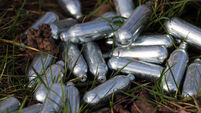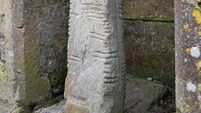Evidence of earliest humans at lakes
Evidence of a human presence dating back 7,000 to 7,500 years has been found by archaeologist Michael Gibbons.
The find confirms a human presence on the Lakes of Killarney before 5000 BC, in the Mesolithic Age or Middle Stone Age.













